How to Create a Shopping Campaign on Google Ads for Your Shopify Website

Discover how to create a Shopping campaign on Google Ads for your Shopify website with this detailed guide.
Introduction
There are 22,175 active Shopify stores in New Zealand, all competing against each other for traffic and customers. Having a strong online presence is essential for success and one of the most effective ways to attract customers and drive sales is by utilising Google Shopping campaigns. These visually appealing ads allow potential buyers to see your products directly in search results, making it easy for them to discover and purchase from your store. Learn how to create a Shopping campaign on Google Ads for your Shopify website with this guide! We will walk you through each step of the process, ensuring you set up your campaign for success.
Understanding Google Shopping Campaigns
Before we dive into the setup process, let’s clarify what Google Shopping campaigns are and why they are beneficial for your Shopify store. Google Shopping ads appear at the top of Google search results when users search for products. Unlike traditional text ads, Shopping ads display product images, prices, and descriptions, providing a more engaging shopping experience. This means the potential buyer can get a lot of information before clicking on your ad, ensuring careful spending and when they do click, they will go straight to the product page!
Here are some key benefits of using Shopping campaigns:
- Visual Appeal: Products are prominently displayed with images, drawing attention and increasing click-through rates.
- High Intent Traffic: Shopping ads target users actively searching for products, leading to higher conversion rates.
- Increased Visibility: Shopping campaigns can help you reach a broader audience and improve brand recognition.
Now that you understand the significance of Shopping campaigns, let’s get started on setting up your campaign!
Step 1: Set Up Your Google Merchant Center Account
The first step in creating a Shopping campaign is to set up your Google Merchant Center account. This is where you’ll upload your product data, which Google will use to display your products in Shopping ads. Here’s how to do it:
Create a Google Merchant Center Account:
- Go to the Google Merchant Center website.
- Click “Get Started” and sign in with your Google account.
Provide Your Business Information:
- Enter your business name, website URL, and other required information.
- Agree to the Google Merchant Center policies and click “Continue.”
Verify and Claim Your Website:
- Verify your website ownership following the steps and using Google Analytics, Google Tag Manager, or by adding an HTML tag to your website.
Set Up Shipping and Tax Information:
- Navigate to the “Shipping and returns” section to configure your shipping settings.
- Set up tax information based on your business location and the regions you serve.
Step 2: Connect Shopify to Google Merchant Center
With your Google Merchant Center account set up, the next step is to connect it to your Shopify store. This integration allows your product data to sync automatically between Shopify and Google Merchant Center. Here’s how to do it:
Install the Google Channel App:
- Log in to your Shopify admin panel.
- Go to the Shopify App Store and search for the “Google Channel” app.
- Click “Add app” and follow the prompts to install it.
Connect Your Google Account:
- Open the Google Channel app from your Shopify admin.
- Click on “Connect Google Account” and sign in with your Google account linked to Google Merchant Center.
Set Up Product Sync:
- Follow the prompts to enable product sync. This will automatically send your product information from Shopify to Google Merchant Center.
- Ensure your products meet Google's policies to avoid disapprovals.
Step 3: Create Your Shopping Campaign in Google Ads
Now that your products are synced to Google Merchant Center, it’s time to create your Shopping campaign in Google Ads. Here’s how:
Create a Google Ads Account (if you don’t have one already):
- Visit the Google Ads website.
- Click “Start Now” and sign in with your Google account.
- Follow the prompts to create your account and set up billing information.
Link Google Merchant Center to Google Ads:
- In Google Ads, click on the “Tools & Settings” icon (the wrench icon).
- Under “Setup,” select “Linked accounts.”
- Find “Google Merchant Center” and click “Details.” Follow the instructions to link your accounts.
Create a New Campaign:
- In Google Ads, click on the “Campaigns” tab on the left sidebar.
- Click the “+” button to create a new campaign.
- Choose “Sales” as your campaign goal, then select “Shopping” as your campaign type.
- Choose your linked Merchant Center account and select the country of sale.
Configure Your Campaign Settings:
- Name your campaign something descriptive (e.g., “Shopping Campaign - New Zealand”).
- Set your daily budget based on how much you’re willing to spend each day (e.g., NZD 10-20).
- Choose your bidding strategy. Check out our most recent blog post How to Set Up a Google Search Campaign: A Step-by-Step Guide for New Zealand Businesses for some tips on bidding strategies.
Step 4: Set Up Your Ad Groups and Product Groups
With your campaign set up, it’s time to organise your ad groups and product groups:
Create Ad Groups:
- For Shopping campaigns, ad groups are typically set up as “Product Groups.” You can start with one ad group that includes all your products.
Define Product Groups:
- For more detailed data, segment your products into different groups based on categories, brands, or custom labels to better manage your bids.
- Click on “Product Groups” and select how you want to segment your products (e.g., by category, brand, or individual products).
Step 5: Create Compelling Product Listings
Now that your campaign structure is in place, it’s essential to ensure your product listings are attractive and informative:
- High-Quality Images: Use clear, high-resolution images that showcase your products from multiple angles.
- Descriptive Titles: Craft product titles that include essential keywords. For example, instead of “Shoes,” use “Men’s Running Shoes - Lightweight & Breathable.”
- Detailed Descriptions: Write engaging product descriptions that highlight the features and benefits of your products. Address common customer questions and concerns.
Step 6: Monitor and Optimise Your Campaign
Once your Shopping campaign is live, it’s crucial to monitor its performance regularly. Here are some key metrics to track and optimise:
- Click-Through Rate (CTR): This indicates how well your ads are attracting clicks. A low CTR may suggest that your ad copy or product images need improvement.
- Conversion Rate: This metric shows the percentage of clicks that lead to actual sales. If your conversion rate is low, consider optimising your product pages.
- Cost-Per-Click (CPC): Monitor your CPC to ensure you’re getting the best value for your ad spend. Adjust your bids based on performance.
Regularly review your campaign performance and make data-driven adjustments to improve results. Consider running A/B tests on ad copy, images, and product groupings to identify what resonates best with your audience.
Conclusion
Creating a Shopping campaign on Google Ads for your Shopify website is a powerful way to increase your visibility and drive sales. By following these steps, you’ll be well on your way to setting up a successful campaign that showcases your products to eager buyers.
With ongoing monitoring and optimisation, you can maximise your e-commerce success and ensure your Shopify store thrives in the competitive online marketplace. If you need expert assistance with your Shopping campaigns on Google Ads or want guidance on optimising your e-commerce strategy, consider reaching out to us. We are here to help you navigate the world of digital marketing and achieve your business goals. Contact us today to get started!



.jpg)

.jpg)
.jpg)
%20(1).jpg)
.jpg)
.jpg)
.jpg)
.jpg)
.jpg)

.jpg)
.jpg)
.jpg)
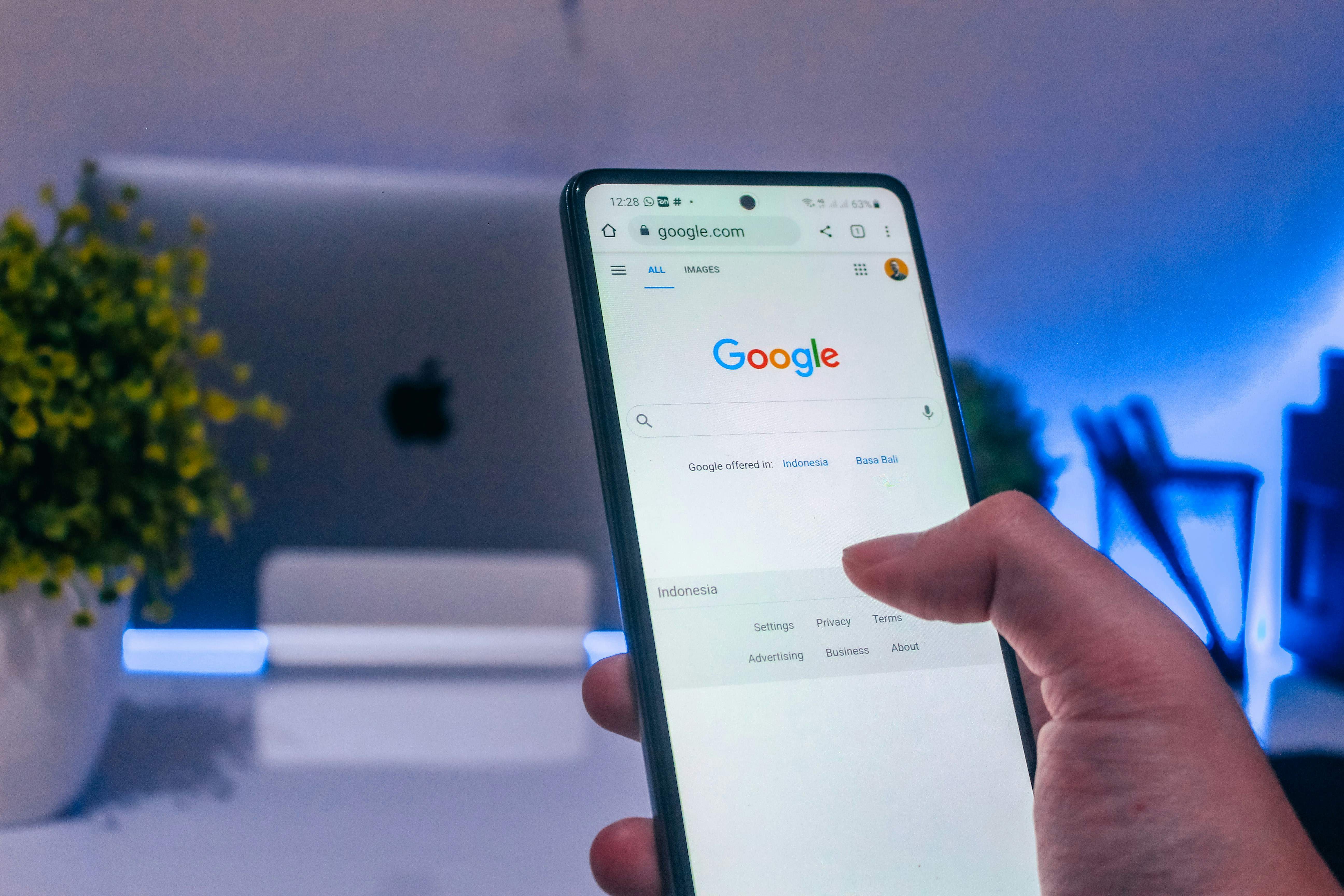



.jpg)






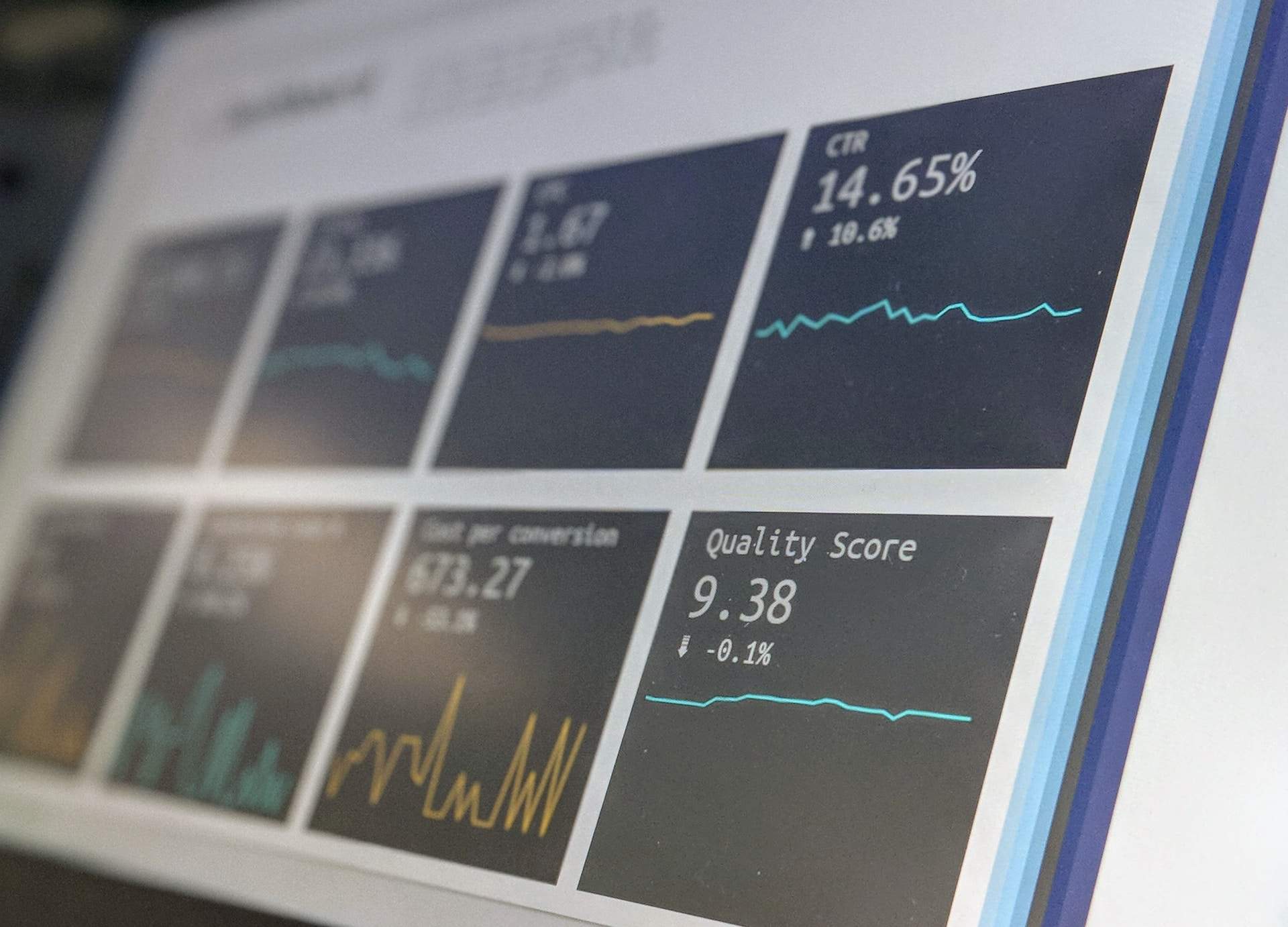

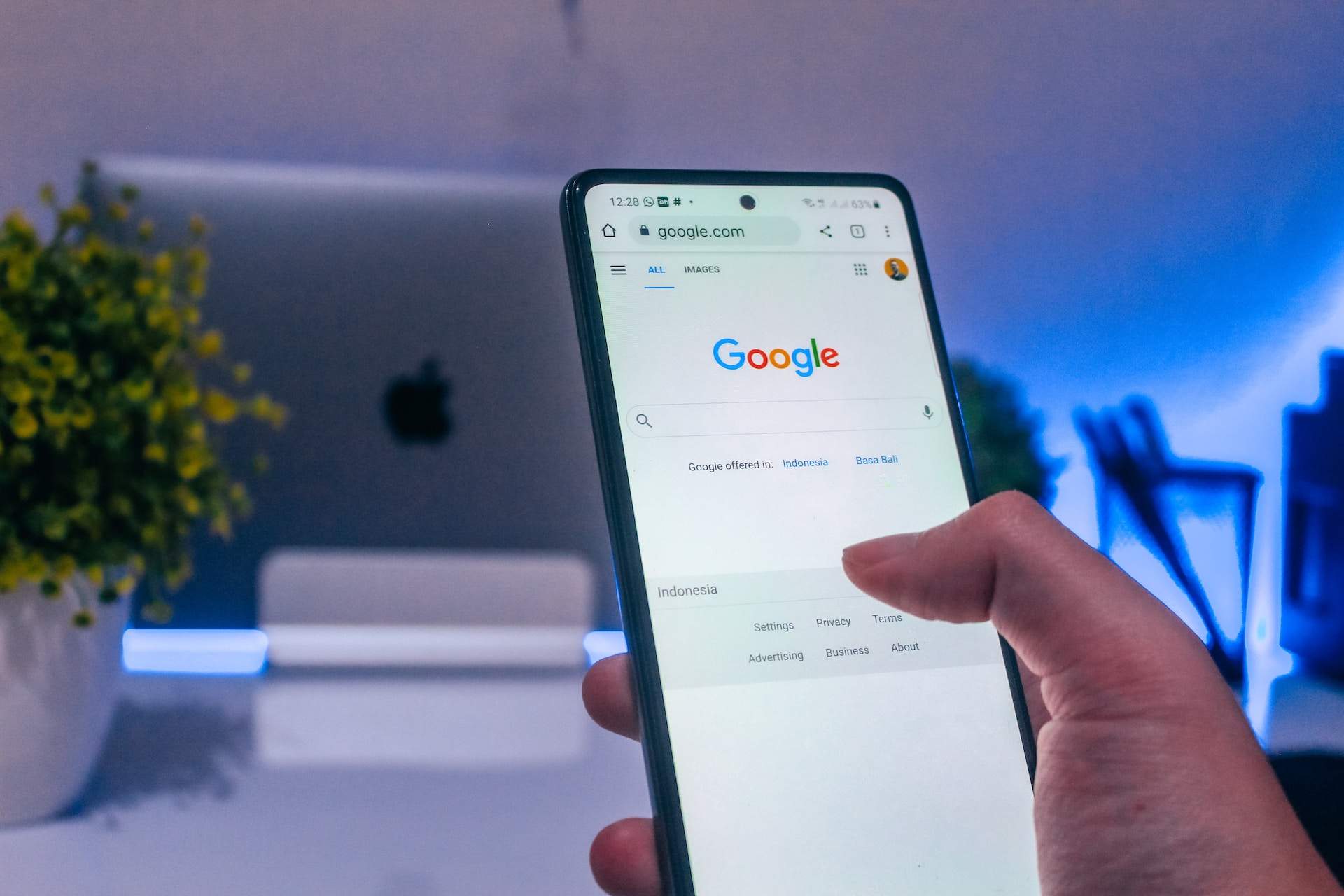

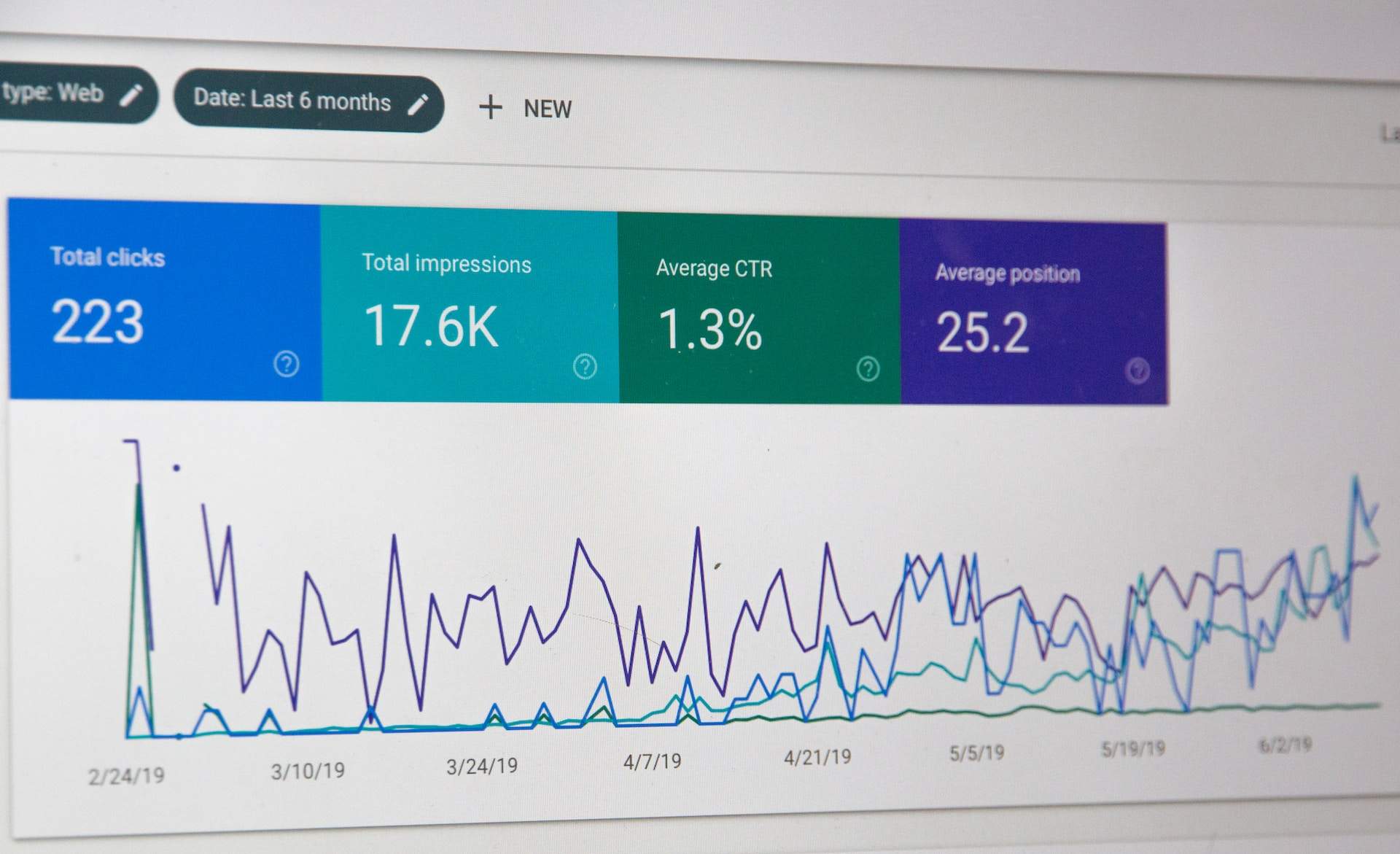
.jpg)


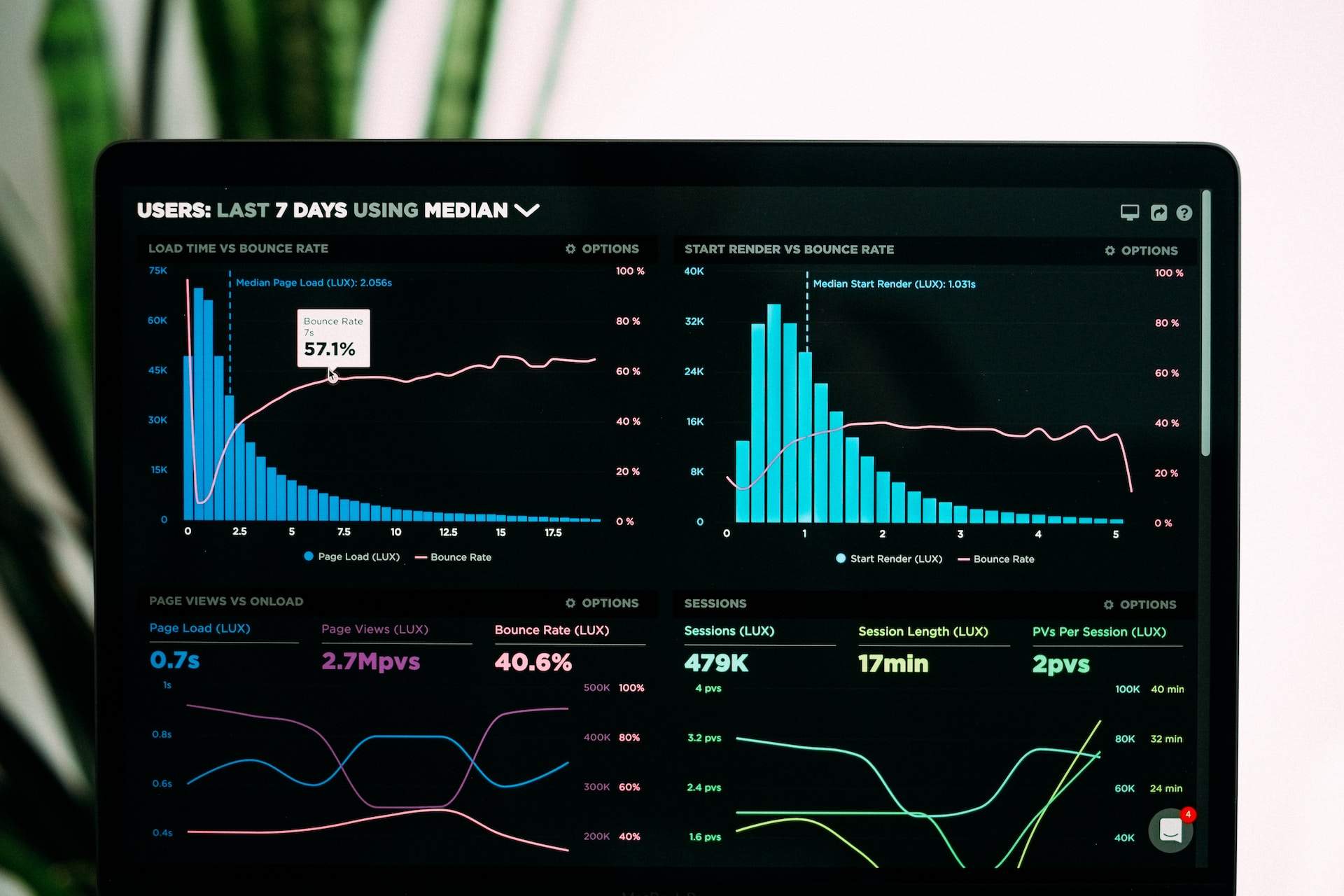









.jpg)
